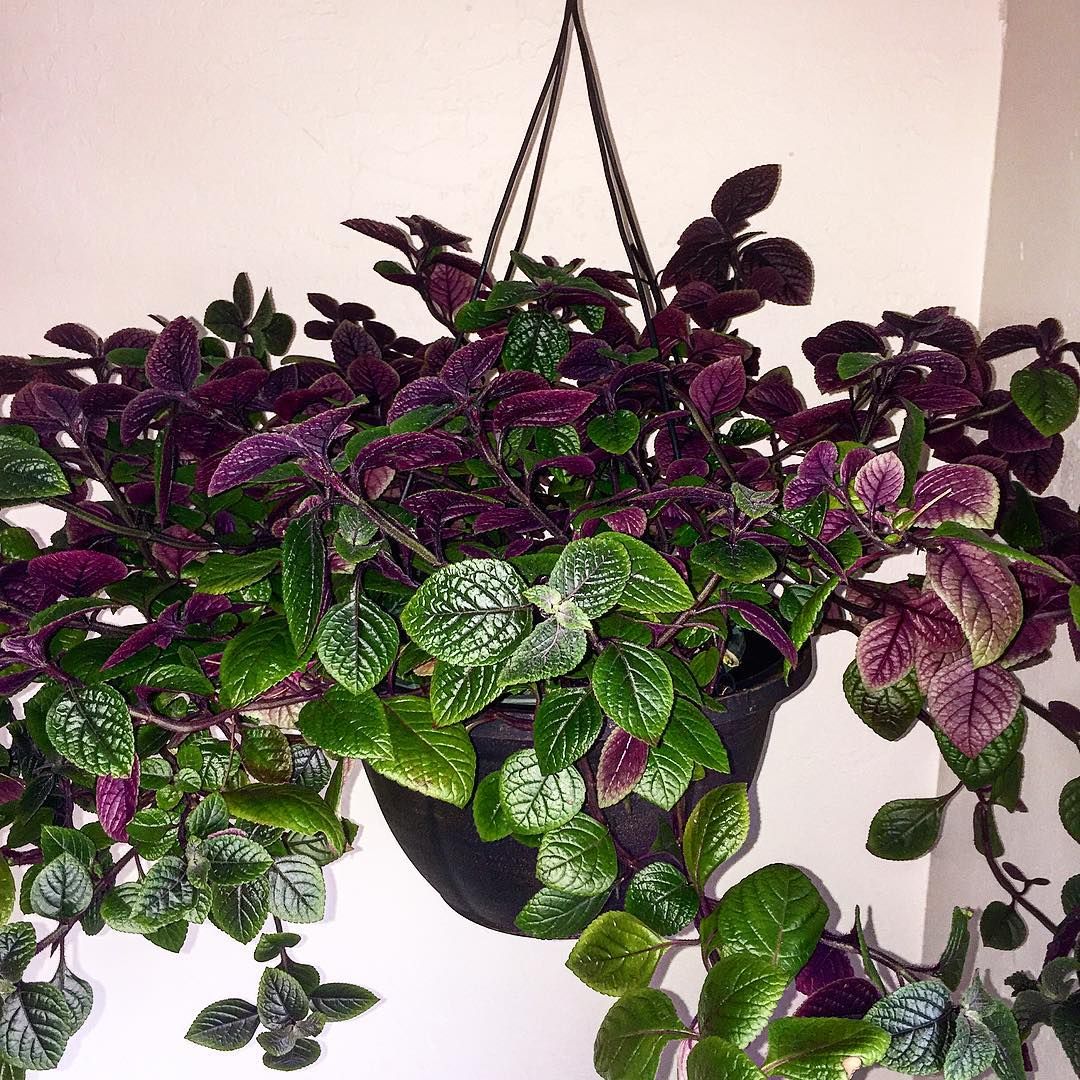Want a gorgeous purple plant to brighten up your home? The basket plant (Callisia fragrans) is a fantastic choice, and this guide will show you exactly how to keep it thriving and intensely purple. We’ll cover everything from light and water to troubleshooting, so you can ditch the dull green and enjoy a vibrant, healthy plant. Let’s get growing! Discover the perfect basket for blankets to keep your cozy throws organized and readily accessible.
Lighting: The Key to Unlocking Vibrant Purple
Sunlight is the magic ingredient that unlocks your basket plant’s vibrant purple hues. Bright, indirect light is ideal – imagine the dappled sunlight filtering through a tree canopy. Aim for around four hours of this type of light daily. Too much direct sun can scorch the leaves, while insufficient light results in more green than purple. If your plant leans towards the light source, it’s probably seeking more of those precious rays.
Understanding Light Intensity and Duration
- Bright, indirect light: This is the sweet spot for basket plants. Aim for 4-6 hours daily, especially during the active growing seasons (spring, summer, and fall). More is better in summer. East or west-facing windows are generally ideal.
- Direct sunlight: While not essential, 3-4 hours of gentle morning or late afternoon sun can intensify the purple coloration. Avoid intense midday sun, which can scorch the leaves. South-facing windows may require a sheer curtain to filter the light.
- Insufficient light: If your basket plant isn’t getting enough light, the stems may become long and thin (“leggy”) as the plant stretches towards the light source. The leaves may also appear pale or yellowish.
- Rotating your plant: Regularly rotating your basket plant ensures even light exposure on all sides, preventing lopsided growth and promoting balanced coloration.
Ongoing research suggests that the specific light requirements for Callisia fragrans can vary slightly depending on the cultivar and environmental conditions. Observe your plant closely and adjust its placement as needed to achieve optimal growth and coloration.
Watering: The Goldilocks Approach
Watering is crucial for basket plant care. The goal is to keep the soil moist but not soggy – not too wet, not too dry, but just right. A good rule of thumb is to water every two to three days during the growing season, but always check the soil moisture first. Your finger is the best tool – stick it about an inch into the soil. If it feels dry, it’s time to water. A typical 5-inch pot might need about 0.5-0.8 cups of water per week if it’s not in direct sunlight, but this can vary based on factors like pot size, plant maturity, sunlight exposure, and environmental conditions. Overwatering is a common pitfall and can lead to root rot, so err on the side of slightly drier rather than overly wet. Reduce watering frequency in winter, allowing the top two-thirds of the soil to dry out between waterings.
Seasonal Watering Adjustments
- Spring, Summer, Fall: Water every 2-3 days, keeping the soil consistently moist but not waterlogged.
- Winter: Reduce watering frequency, allowing the top two-thirds of the soil to dry out between waterings.
Recognizing Watering Problems
- Overwatering: Soggy soil, yellowing lower leaves, a generally wilted appearance.
- Underwatering: Dry, crispy leaves (often starting at the tips), dry and dusty soil.
Temperature & Humidity: A Tropical Touch
Callisia fragrans hails from tropical regions, so it prefers warm, humid environments. Ideally, maintain temperatures around 70°F (21°C) or higher. You can increase humidity by grouping plants, using a humidifier, or placing the pot on a pebble tray with water. Avoid placing your plant near drafty windows or air conditioning vents.
Nutrition: Feeding Your Purple Beauty
During the active growing season (spring and summer), feed your basket plant monthly with a balanced liquid fertilizer (like a 10-10-10 formula). This provides essential nutrients that may not be readily available in the potting mix. During the fall and winter months, reduce or cease fertilization.
Potting & Placement: Setting the Stage for Success
Hanging baskets are ideal for basket plants, promoting good air circulation and showcasing their cascading foliage. Use a well-draining potting mix – this allows excess water to escape, preventing waterlogged soil and root rot. Repot your basket plant every one to two years using fresh well-draining mix in a slightly larger pot.
Pruning & Propagation: Shaping and Sharing
Regularly pinching back the stems encourages bushier growth and prevents legginess. Propagating basket plants is easy! Stem cuttings root readily in water or directly in damp soil. If you are looking to add some vintage character to another room in your house you could learn how to arrange vintage items on a sideboard in your living room and create a unique charm.
Troubleshooting: Addressing Common Concerns
Even with the best care, occasional issues might arise. Here are some common problems and their solutions:
- Lack of Purple Color: Increase light exposure, especially bright, indirect light.
- Browning Leaves: This could indicate too much direct sunlight, inconsistent watering, or pest infestation. Adjust watering practices, relocate the plant if needed, and inspect for pests.
- Leggy Growth: Insufficient light is the usual culprit. Move the plant to a brighter location.
Pest Control: Protecting Your Plant
Basket plants can be susceptible to common houseplant pests like spider mites, mealybugs, and aphids. Regularly inspect your plant for any signs of infestation and treat promptly with appropriate methods like insecticidal soap or neem oil.
By following these guidelines, you’ll be well on your way to enjoying a thriving, vibrant purple basket plant that brightens any space. Remember, every plant is unique, so observe yours closely and adjust your care as needed. Happy growing!
- The Best Battery Picture Lamps for Effortless Artwork Illumination - April 1, 2025
- Double Sink Bath Vanity Tops: A Buyer’s Guide - April 1, 2025
- Bath Towel Measurements: A Complete Guide to Choosing the Right Size - April 1, 2025










